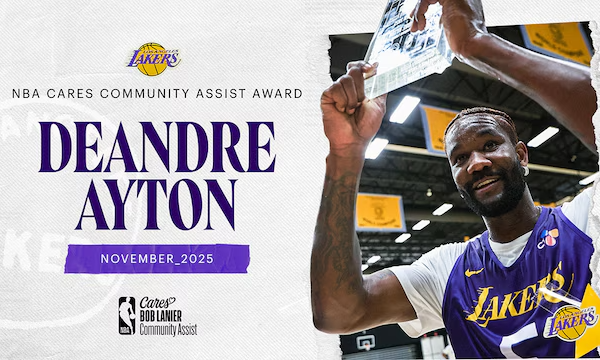The used-car market is a great place for shoppers who want a dependable and practical vehicle, without the new-car price tag. Today, used car quality is better than ever, but the buying process can still be daunting. Luckily, the experts at Kelley Blue Book have made it simpler by sharing their insider tips on How to Buy a Used Car. From budgeting to signing the paperwork, these 10 pointers will make purchasing your perfect used car easy, and maybe even fun.
"Previously owned cars are in high demand today, and buying a used car doesn't mean sacrificing quality, but it does mean significant savings," said, Matt Degen, editor for Kelley Blue Book. "With more buyers seeking ways to make their money go farther with a used car, we've compiled a list of tips to help shoppers better navigate and benefit from shopping in the current used-car market."
10 Tips for How to Buy a Used Car
1. Figure out how much you can afford – The first, and most important step is to figure out how much you can afford to spend whether on monthly payments through a loan or outright. Don't forget to factor in recurring costs like fuel, maintenance and insurance as well.
2. Find the right vehicle for you – While the variety of options may be staggering, it also means there is a better chance of finding the used car that fits all your needs. To find cars and read expert reviews, visit KBB.com's Car Finder or read reviews from the editors.
3. Find used-vehicle prices – After choosing a potential vehicle, it's important to check its price. Check out the Car Prices section on KBB.com for accurate pricing data. Strongly consider certified pre-owned (CPO) vehicles that are certified to be good as new and come with warranties that can be even better than they would be for a new car.
4. Check your current vehicle's price – Whether you're putting the money toward your used-car purchase or opening up a spot up in the driveway, visit My Car's Value on KBB.com to see how much the car you currently own is worth if selling it is part of the plan.
5. Get financing lined up – Explore your options when it comes to financing. While some dealers offer financing, it's important to consider alternative options from your bank or credit union and pick what's best for you.
6. Contact sellers – Once you've pinpointed the car you want, it's time to inquire about it. Make sure to ask questions about the specific vehicle. If you're considering buying from a private seller, be sure to find out if they have a clean title.
7. Get a vehicle history report – Checking the vehicle's history is a great way to avoid potential problems. The history report of a vehicle can be found through the car's vehicle identification number (VIN) and will let you know if the car has any issues.
8. Examine and test drive the car – Take it for a spin! Yes, this is the fun part, but make sure to stay objective about the vehicle's full condition to give it a proper inspection.
9. Negotiate a price – You've found the used car for you, and if you've followed these steps, you've done your research and have a Blue Book price for the car (an advantage and great starting point). Stay within a reasonable price range and don't over-extend yourself.
10. Do the paperwork – While this may sound mundane, it's necessary. On top of signing the sales contract, make sure to get every other necessary document in order. With all the excitement of having the keys in your hands, don't forget to add your vehicle to your insurance policy.
To learn more about buying a used car, including information on trading in your current car and local vehicle listings, visit https://www.kbb.com/car-advice/10-steps-to-buying-a-used-car/.














